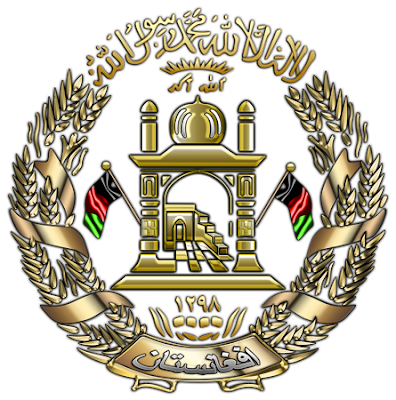Angola, officially the Republic of Angola (Portuguese: República de Angola, Kikongo, Kimbundu, Umbundu: Repubilika ya Ngola), is a country in southern Africa bordered by Namibia on the south, the Democratic Republic of the Congo on the north, and Zambia on the east; its west coast is on the Atlantic Ocean with Luanda as its capital city. The exclave province of Cabinda has borders with the Republic of the Congo and the Democratic Republic of the Congo.
The Portuguese were present in some—mostly coastal—points of the territory of what is now Angola, from the 16th to the 19th century, interacting in diverse ways with the peoples that lived there. In the 19th century they slowly and hesitantly began to establish themselves in the interior. Angola as a Portuguese colony encompassing the present territory was not established before the end of the 19th century, and "effective occupation", as required by the Berlin Conference (1884) was achieved only by the 1920s. Independence was achieved in 1975, after a protracted liberation war. After independence, Angola was the scene of an intense civil war from 1975 to 2002. The country has vast mineral and petroleum reserves, and its economy has grown on average at a two-digit pace since the 1990s, and especially since the end of the civil war. However, its level of human development is rather low, and its life expectancy and infant mortality rates are both among the worst-ranked in the world.
Angola's motto is Virtus Unita Fortior, a Latin phrase meaning "Virtue is stronger when united." The executive branch of the government is composed of the President, the Vice-Presidents and the Council of Ministers. For decades, political power has been concentrated in the Presidency. Angola is divided into eighteen provinces (províncias) and 163 municipalities. Governors of the 18 provinces are appointed by and serve at the pleasure of the president. The Angolan Armed Forces (AAF) is headed by a Chief of Staff who reports to the Minister of Defense. There are three divisions—the Army (Exército), Navy (Marinha de Guerra, MGA), and National Air Force (Força Aérea Nacional, FAN). Total manpower is about 110,000.
The Emblem of Angola is the national emblem. It reflects the recent past of the new nation. There is heavy Marxist imagery found on the device, expanded from what is found on the national flag. In the past, Angola has used coats of arms to represent the nation.
In the center is a machete and hoe, representing the revolution through which the nation gained independence, and the importance of agricultural workers. Above both emblems is a star that is often found in many socialist images. The star is taken to represent progress. The rising sun is the traditional symbol of a new beginning. These emblems are all enclosed within a circle formed by a half cog-wheel that represents the industrial workers, and a half vine of coffee and cotton leaves that represents the coffee resp. cotton industry. At the bottom is an open book that is to represent education. A banner reads "Republic of Angola" at the bottom, in Portuguese.
As always, the above designs are available on a limited number of selected quality products via my “World Heraldry” galleries at Zazzle. You may simply follow the direct links in the article to navigate to the corresponding galleries.
I will also make my designs available free of charge for non-commercial use to any government and military officials of the corresponding countries, as well as for non-commercial and personal use, such as school projects, presentations, forum avatars to businesses and individuals.
The above information provided in part by Wikipedia, The Heraldry Society, Global Security, and official websites of the above-mentioned countries.












